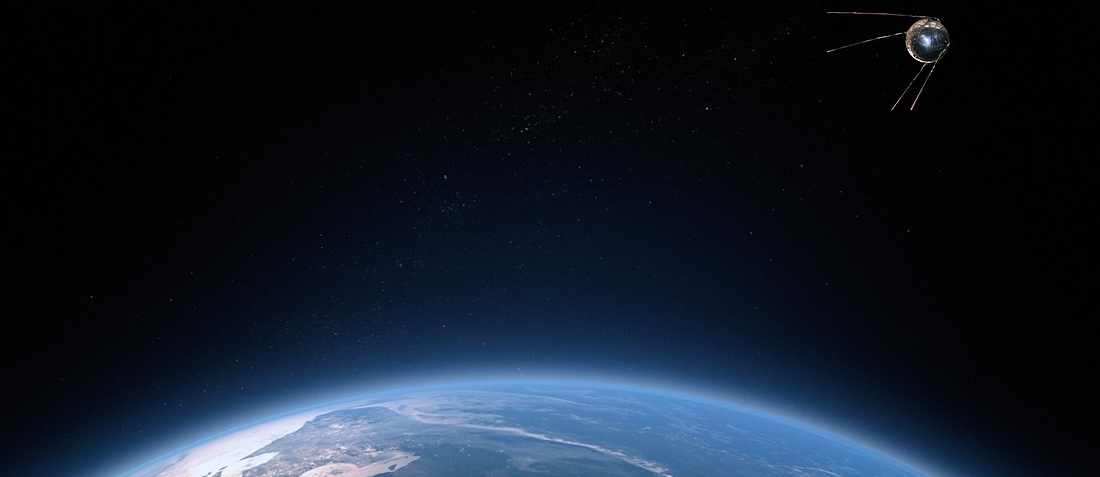
Quantum Transceiver for secure Space Communications
- Posted by doEEEt Media Group
- On February 11, 2020
- 0
In this paper, we present a mandatory subsystem for quantum communication in space, a photonic transceiver capable of generating and detecting entangled photons as well as faint laser pulses, which we call Quantum Transceiver (QTxRx).
We report on the development of a photonic transceiver for secure space communication, including an entangled photon source and a faint pulse laser source. Through the laws of Quantum Physics, it will allow the development of global communication with unprecedented security. The report was carried out by professionals of the sector where ALTER has worked with conjointly with companies such ICFO, ICREA or LIDAX among other.
Quantum communications offers many advantages for secure data transmission, e.g. confidentiality, integrity, eavesdropper’s detectability. Information is encoded in quantum bits (qubits), intrinsic physical properties, such as polarization of a photon. Quantum physics allows encoding information using the correlation between two or more particles (photons, atoms). Quantum Key Distribution (QKD) is one of the innovative methods of information processing that emerged from the properties of “superposition of states” and “entanglement”.
QKD allows two (or more) parties to know when a communication channel is completely secure to exchange an encrypted key. QKD is used before classical information is transmitted over conventional non-secure communication channels like telephone lines, RF links and optical fibre networks. Since quantum physics laws state that a single particle like a photon cannot be split or cloned, it certifies the absolute security of communication.
Quantum QKD space
Quantum communication channels however are limited on Earth. Optical fibre link losses and current photon-detector technology limit the maximum span length without using regeneration (amplification) to 100 km, while for free space transmission the limit is the visible horizon [1, 2]. Such problems are in principle nearly absent in space, and are less severe in ground to space links. In fact, quantum links in Free space combined with fibre counterparts could extend secure communication between points on earth to a global level (Fig. 1). In addition space applications requiring secure link are numerous: remote access, communication between distant ground stations via space segment, positioning systems (GALILEO), etc….
Various proof-of-principle experiments have been already performed. For example, a 144 km free-space link between the two Canary Islands La Palma and Tenerife used the ESA’s 1-meter-diameter receiver telescope to receive single photons [3, 4]. A satellite-to- Earth link was also simulated between the Matera-Laser-Ranging-Observatory (Italy) and the low-earth orbit (LEO) satellite Ajisai.
In this paper, we present a mandatory subsystem for quantum communication in space, a photonic transceiver capable of generating and detecting entangled photons as well as faint laser pulses, which we call Quantum Transceiver (QTxRx). The QTxRx has to fulfil highly demanding specifications for communication in space, i.e. a total size < 200 x 150 x 100 mm3, a mass < 3 kg and a peak total power consumption (including electronics) < 15 W as well as all the severe environmental requirements (vibration, shock temperature, radiation).
Entangled photon source (EPS)
Entanglement is widely described in quantum physics. Entangled particles are correlated, which means that modifying one property of one particle will affect also the pair-mate. The entangled states are generated by means of spontaneous parametric downconversion (SPDC). The output photons are called by convention signal and idler. This means that an eavesdropper detecting one photon of a pair will modify the pair mate state thus revealing its presence when transmission results will be compared. Some configurations have already been proposed by several teams [6-10]. The purpose of this project is to develop one of the existing sources for lab experiments into an integrated product compliant with space requirements, including physical dimensions, weight and power consumption.
Selection criteria include optical performances, pump requirements, opto-mechanics. As a first iteration, non-collinear sources have been excluded because of the very low separation between the output cones which would require either a long structure or the use of mirrors into the optical path [6, 7]. Sources using periodically poled potassium titanyl phosphate (PPKTP) crystal are preferred to those using β-barium borate (BBO) because of efficiency. Optomechanical tolerance analysis has to be conducted to determine the elements of each configuration which are sensitive to position or angle misalignments and would induce efficiency loss. To this end, pump beam should be numerically propagated to the nonlinear crystal, as well as the signal and idler beams should be numerically backpropagated from the output coupling to the crystal centre. The efficiency is then calculated from the overlap between the pump and signal and idler beams.
- Space-Grade components available for immediate delivery - April 10, 2025
- Exclusive stock on doEEEt: How to access and request - April 10, 2025
- Managing EEE components for LEO and lower cost space missions - December 17, 2024


0 comments on Quantum Transceiver for secure Space Communications